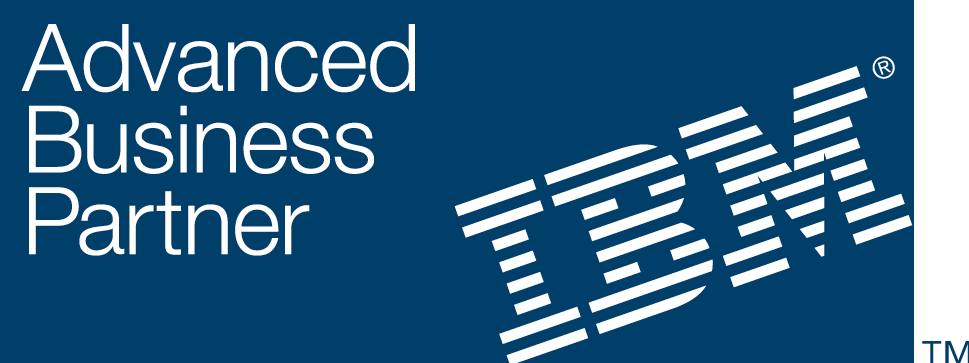This blog post is an excerpt from GovLoop’s industry perspective: Seizing the Power of Predictive Analytics in Government. Download the full report here.
The data analytics landscape is rapidly evolving, thanks to more powerful and affordable tools for data gathering and processing. These tools are helping agencies make sense of their data and use that information to save lives, improve efficiencies, reduce costs and effectively fulfill their missions.
To better understand the use cases for data analytics, let’s briefly review the four distinct types: descriptive, diagnostic, predictive and prescriptive. These types of analytics helps agencies determine what happened (descriptive); why it happened (diagnostic); what will happen (predictive); and how they can make it happen (prescriptive). The level of difficulty and value increases as you move from descriptive up to prescriptive analytics.
Most agencies are not at the predictive level yet, but they are eyeing how to evolve from simply knowing what happened in the past to determining what may happen in the future. For that reason, we’ll spend most of this section discussing the truths and myths about predictive analytics and what those realities mean for agencies.
“Some people’s expectation of predictive analytics is that it can somehow help them make a definitive statement about the future,” said Clint Green, Director of Advanced Analytic Strategy and Development at ViON. “With predictive analytics, you’re actually measuring the present against the past and understanding the likelihood of that event or outcome conforming to what has been seen before. People who expect magical outcomes and the ability to predict the future are sometimes let down by the fact that a predictive analysis delivers the likelihood of something happening as expected or not, based on previous observations.”
We can all agree that it’s hard to say with certainty what will happen a year from now or even a month from now. But agencies can use the data they have to better predict the probability of an event or action occurring. That’s the power of predictive analytics. It enables agencies to make decisions earlier on with less data, based on their past knowledge. For example, law enforcement agencies are starting to use predictive analytics to determine where crime is likely to occur. Rather than waiting to evaluate crime stats over a given month or year, they can quickly analyze data on a daily basis to make decisions on where to send officers during different shifts.
The possibilities for using predictive analytics really are endless, but agencies must ensure they have the proper foundation in place.
Laying the Foundation for Predictive Analytics
The journey to predictive analytics adoption requires expertise and measured expectations internally of how it will be used in the agency.
“For an agency to hope to come right in at the predictive level would be a mistake,” Green said. “This is where the magic is most often sold to organizations, and this is where the disappointment is most often going to be felt. Some organizations attempt to come in at the predictive level without the needed infrastructure and experience.”
Before an agency can understand what may happen in the future, it needs historical context about what has happened and why. These insights come from descriptive and diagnostic analytics, which are building blocks for predictive analytics. Green often refers to predictive analytics as the Holy Grail because agencies say they want it, companies say they can provide it, but there’s often a gap between what’s promised and the reality of what agencies actually get.
The tools aren’t the issue. Similar to cloud computing solutions and other technologies, data analytics can provide great value to organizations and decision-makers. But adopting these innovative tools and techniques requires a foundation and a plan for moving forward.
“It’s not just about having your data organized and accessible,” Green said. “It’s also about having an organization that understands the values of its decision-making process and can capitalize on better ways of doing things.”
As organizations become more comfortable with understanding what has happened and why, they can start to make decisions more quickly on what will likely happen and ultimately improve response times.







Leave a Reply
You must be logged in to post a comment.